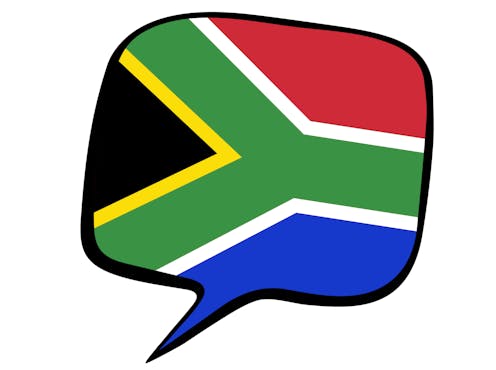
Language has always been used as a political football in South Africa. This can be traced back to the competing English and Dutch colonisers, from the 17th to the early 20th centuries, each group trying to assert linguistic as well as economic and social control.
Later, language was used to divide and rule under apartheid. For instance, the racist regime created “homelands” – areas of self-determination for Black South Africans – that were linguistically bounded; all isiXhosa speakers, for example, were relegated to the same area where they were forced to live and study.
Today the country has 12 official languages. The bill of rights grants everyone the right to access education in the “official language or languages of their choice” and use these languages for cultural and religious purposes. But what’s the reality? Do the official languages, as recognised by the constitution, represent and accommodate all speech communities in South Africa, especially to promote fair and equal access to education? And are those 12 recognised language varieties really free to be used equitably as languages of instruction in the education system? The short answer to these questions is “not yet”.
Read more: Sign language is now official in South Africa - how this will help education in Deaf schools
The government is trying to change this. In May 2024 the Department of Basic Education announced a strategy to progressively introduce mother tongue based bilingual education in schools from grades 4 to 7. Currently schools can teach in pupils’ mother tongues until grade 3, when children are usually 8 or 9 years old, and must then shift entirely to English in grade 4. The new policy will see English used alongside mother tongue languages when learning content subjects, while English is also taught as a subject, from grades 4 to 7.
There is ample research from South Africa and elsewhere in the world that shows learners benefit most from being taught in their mother tongue while simultaneously learning English as a subject and as a tool to enhance mother tongue education.
We are linguists involved in language policy formulation and implementation. We believe that, if planned properly and in close consultation with experts, the new policy is an opportunity to promote equity and redress the past politics of language.
An ongoing approach
The new policy is not unique. Several countries, among them France, Japan and China, have used mother tongue based bilingual education for decades. The same happens in Wales, where Welsh has been prioritised alongside English, and in New Zealand, where learners are empowered to use Maori alongside English, with positive educational results.
Vietnam is a good example of how successful this approach can be. Many learners speak minority languages. They are taught in those languages in their formative years while learning Vietnamese as part of a mother tongue bilingual approach, allowing them to transition to being taught in Vietnamese. This has greatly improved the country’s educational results.
And using mother tongues as a basis for learning alongside another language or varieties already happens informally in many South African classrooms. Content subjects are taught in various languages or varieties, sometimes called dialects, many of which are not the country’s 12 official languages.
Read more: Lessons from Africa prove the incredible value of mother tongue learning
More formal approaches to mother tongue based bilingual education exist, too. In 2020, grade 12 learners in the Eastern Cape could choose to write their trial exams (precursors to the school-leaving final exams) for mathematics and science in isiXhosa, the province’s most common mother tongue.
Rolling out the policy
The Department of Basic Education must ensure that it rolls out the new policy in a carefully scaffolded way right up to grade 12, allowing all mother tongue languages to flourish alongside English. It must also supply bilingual and multilingual learning materials. And assessment must be done in the language in which the learner was taught.
Read more: Multilingualism must be celebrated as a resource, not a problem
Methods of assessment would therefore need to change to accommodate language varieties used in classrooms. It would be disadvantageous for learners to be allowed to use other language varieties during learning and teaching but then to be expected to switch to a monolingual mode during assessments. The key to such an approach would be to use translanguaging throughout the schooling process. This involves letting the teacher use any language or variety that the learner understands best and even to make use of multiple languages if needed.
Ideally, teachers and learners need a metaphorical box of languages in the classroom. When required, they can dip into the “box” and use whatever language varieties are appropriate to aid cognition and learning, including assessment. We emphasise that it would be ideal to also examine those learners in the language varieties in which they are taught, as with the Eastern Cape example.
Language should be used in South African schools to empower learners rather than leave them stranded. The mother tongue based bilingual education policy is a big step towards making this a reality.
Russell H. Kaschula receives funding from the National Research Foundation and the National Department of Higher Education and Training (UCDG Grant funding)
Mbali Sunrise Dhlamini does not work for, consult, own shares in or receive funding from any company or organisation that would benefit from this article, and has disclosed no relevant affiliations beyond their academic appointment.
This article was originally published on The Conversation. Read the original article.







